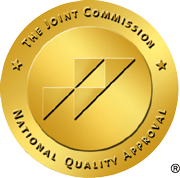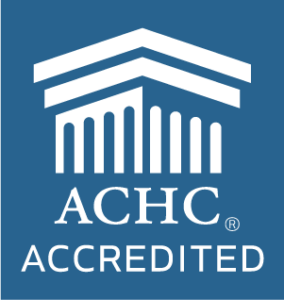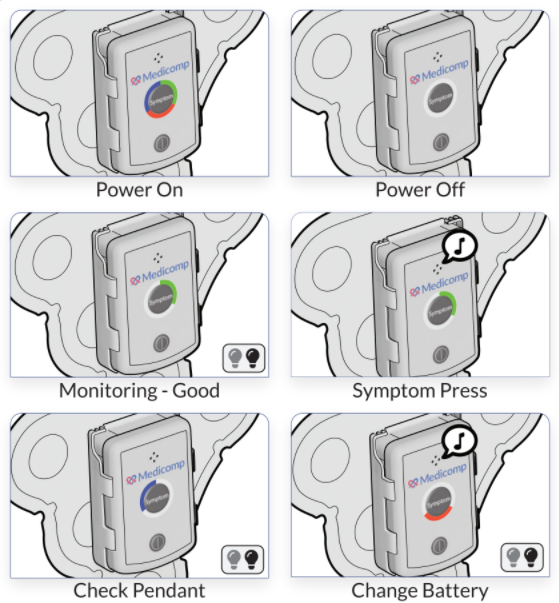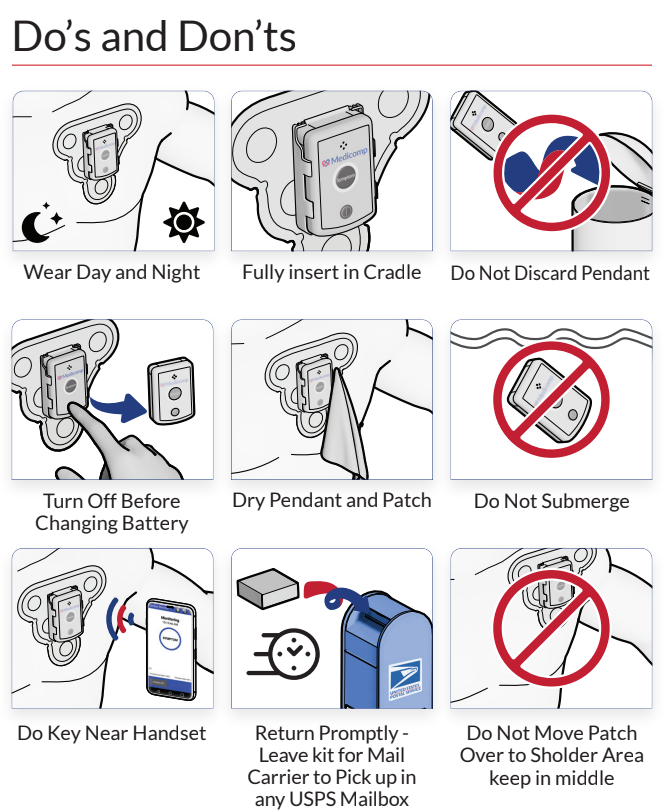For the past few decades, Americans have been holding their collective breath waiting for the government’s health care system to collapse. The cardiac event monitor specialists at ReactDx recognize the importance of acting quickly in health care as the roles of hospitals, insurance carriers, and physicians change.
The US Department of Health and Human Services rolled out the Patient Centered Medical Home (PCMH) in 2007 to provide continuous, comprehensive medical care to patients. Their overall goal is to coordinate all levels of care for every patient. This holistic approach allows the patient to receive seamless care for any injury or disease, joining primary care physicians, radiologists, technicians, nurses, dieticians, physical therapists, social workers, aids, et cetera in the ultimate goal of giving the patient full-care. These large, diverse teams are often located in sprawling facilities, but rural areas will find the same level of attention by compiling virtual teams spread throughout the community. This comprehensive, coordinated care model can meet the needs of each individual patient.
One of health care’s largest obstacles is time. By coordinating care among a network of physicians and technicians, PCMH delivers shorter wait times for services and appointments — even in urgent care situations. Waiting causes aggravation; because patients now spend less time waiting, their attitudes improve, which, in turn, improves medical outcomes.
A true advantage of coordinated care is cost reduction. For instance, take a patient who needs a CT scan. The expense of the machinery is enormous. By coordinating care with a nearby hospital, a patient can utilize existing technology without the physician paying for the machine and its maintenance.
Rural areas sometimes lack specialists. PCMH does not necessarily require specialists to relocate to small communities to treat a handful of patients. Instead, telemedicine and video are utilized, conferencing a physician from a metropolitan area to virtually examine the patient.
When care for a patient extends over a network of experts, patient outcomes improve. This leads to fewer lawsuits, improved patient satisfaction, and more open communication among patients, their families, and their health care professionals. A critical key in successful patient outcomes is proactive support, which ReactDx delivers with their cardiac event monitors to determine patient heart rate, rhythm, morphology, and P-wave analysis. Contact ReactDx today at 800-23-HEART.



